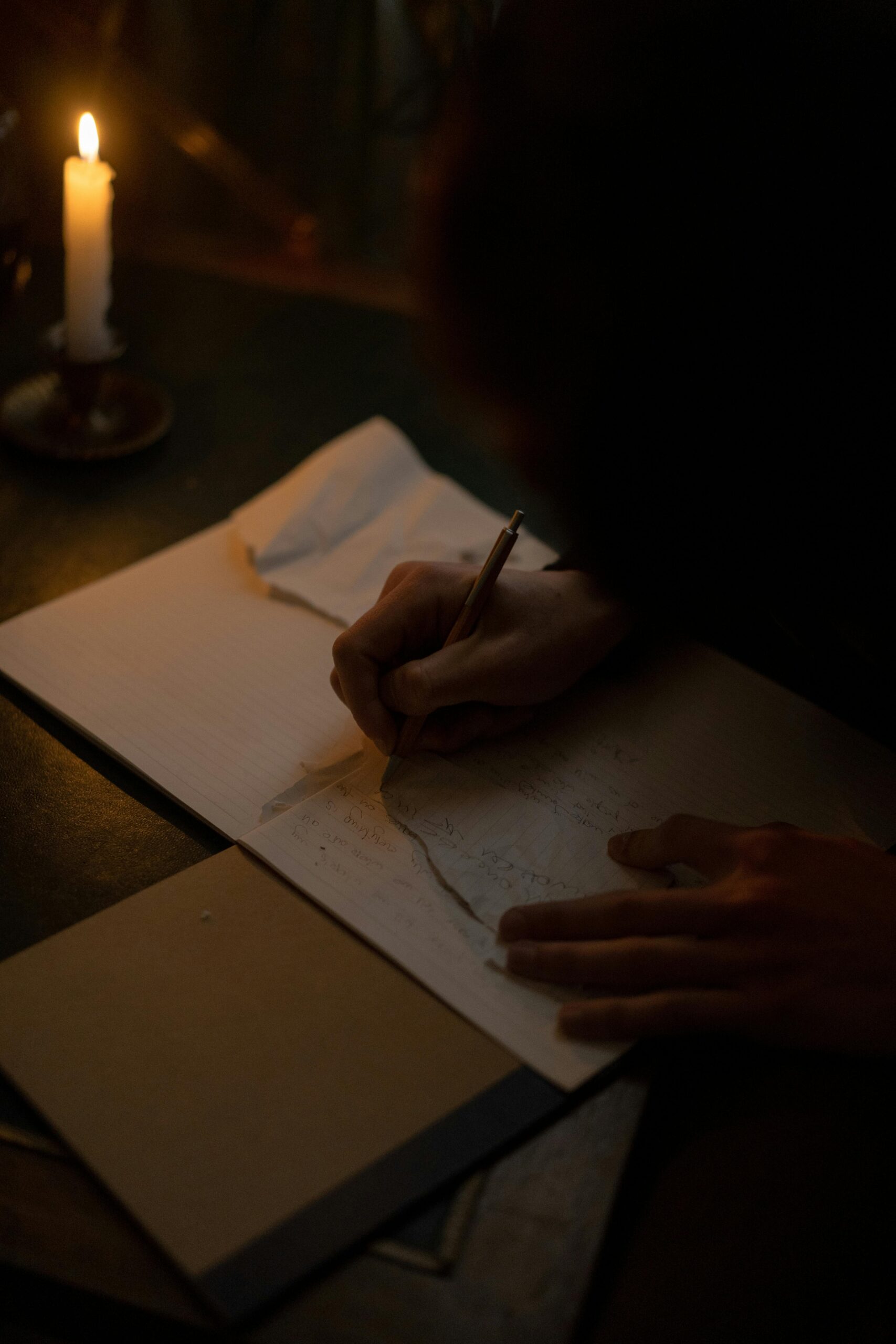32 Results in the "Writing Tips" category
-

Writing professionally is an art that requires mastering grammar rules, sentence structure, and language nuances. Whether you’re a writer, editor, or a professional in any field, impeccable grammar is crucial for effective communication and building credibility. In this comprehensive article, we’ll delve into advanced grammar tips that will elevate your writing to a whole new level of professionalism. Comparison Table: Common Grammar Mistakes and…
-

Writing in a language that’s not your native tongue can be a daunting task, especially when it comes to mastering the nuances of grammar. English, with its complex rules and exceptions, can be a formidable challenge for non-native speakers. However, with the right strategies and resources, you can elevate your writing skills and communicate with clarity and confidence. In this article, we’ll delve into…
-

Writing compelling fiction requires more than just a great story idea. As a fiction writer, mastering grammar is crucial to bring your characters and worlds to life. In this comprehensive guide, we’ll explore essential grammar tips that will elevate your writing and leave a lasting impression on your readers. The Importance of Grammar in Fiction Writing Good grammar is the foundation of clear and…
-

In the fast-paced world of software development, where deadlines loom and complexity abounds, maintaining focus and productivity can be a daunting challenge. Amidst a barrage of notifications, emails, and multitasking demands, developers often find themselves struggling to stay in the zone, leading to decreased efficiency and suboptimal code quality. Enter the savior: distraction-free mode, a powerful tool that promises to transform your coding experience…
-

Writing a novel is a daunting task that requires dedication, perseverance, and a well-stocked arsenal of creative writing strategies. Whether you’re a seasoned author or a budding wordsmith, this comprehensive guide will equip you with the tools and techniques to elevate your storytelling prowess and bring your literary visions to life. The Art of World-Building Crafting a captivating narrative starts with the creation of…
-

Suspense is the lifeblood of captivating storytelling, keeping readers on the edge of their seats, hearts racing, and pages turning. Whether you’re a seasoned novelist or an aspiring writer, mastering the art of crafting suspenseful scenes is a skill that can elevate your work to new heights. In this comprehensive guide, we’ll delve into the secrets of creating tense, gripping narratives that leave your…
-

As a parent or guardian, you know how important it is to nurture your teen’s passion and talents. If your child has a flair for storytelling and a love for the written word, enrolling them in creative writing classes can be a game-changer. These classes not only help develop their writing skills but also foster creativity, critical thinking, and self-expression. In this comprehensive guide,…
-

Creating realistic characters is one of the most challenging yet rewarding aspects of writing fiction. Well-developed characters can make or break a story, and they are often what readers connect with the most. In this comprehensive guide, we’ll delve into various tips and techniques to help you craft characters that feel authentic and relatable. 1. Develop a Backstory Every character, no matter how minor,…
- Previous 1 2 3 4 Next
